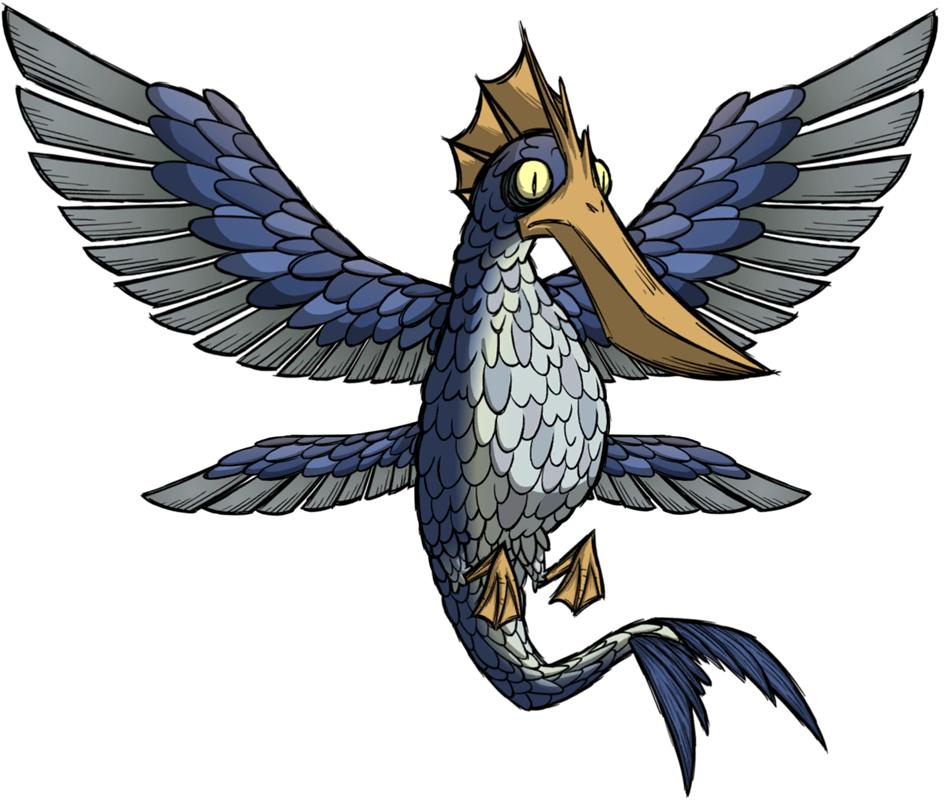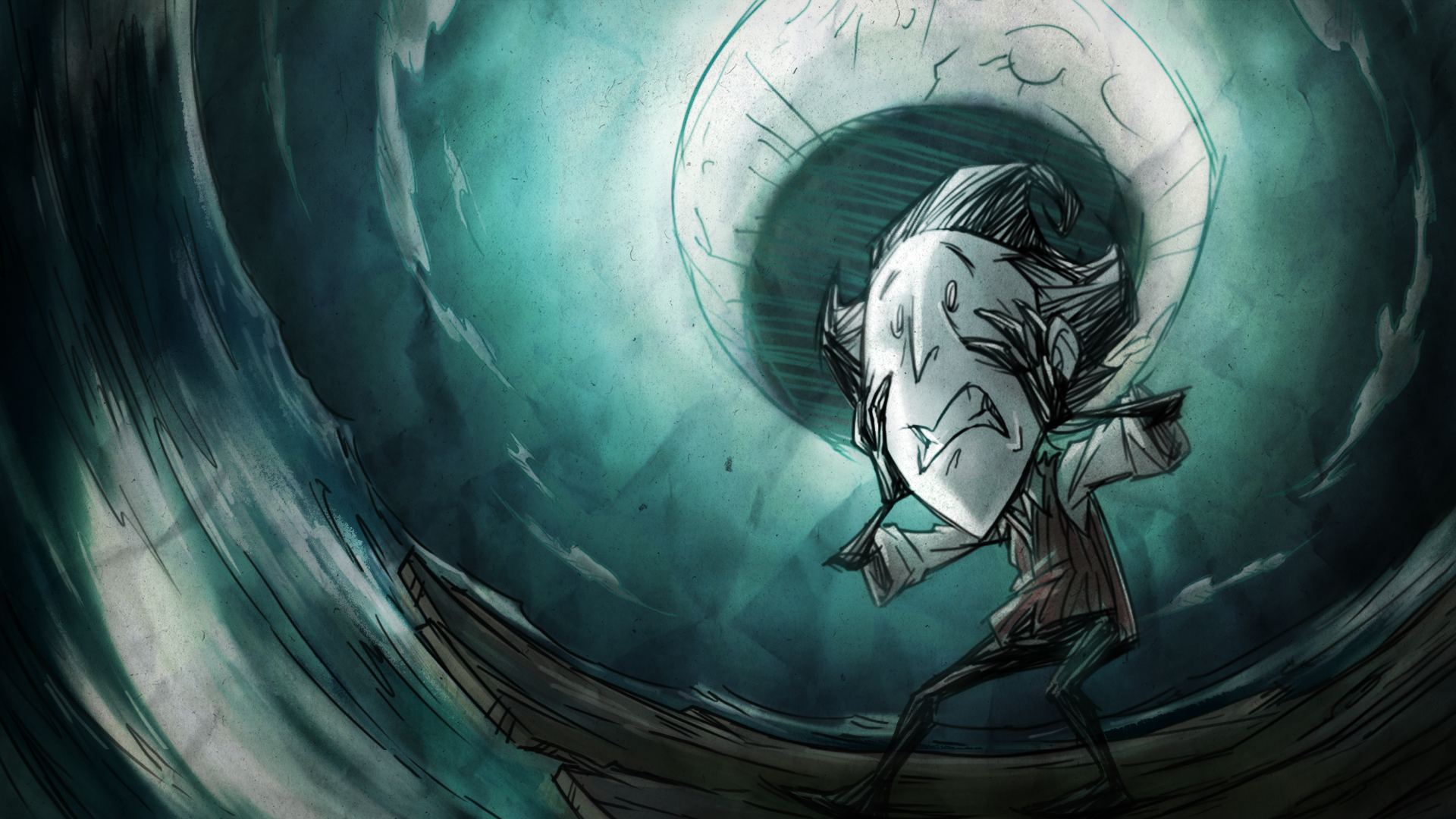

Geckos or other lizards could have beaten them to it. Mammals would very likely have rediscovered gliding and possibly even flight. It's hard to predict what would happen in ten million years. Giant dragonflies and damselflies, chunky orthopterans that take to the sky rarely, and butterflies looking for fruit like fruit bats are all possible, since as long as they take to the air they have no vertebrate competition for their size.
#Dont starve wiki dragonfly free#
With the skies free of larger animals, some insects would be rapidly growing into giants.


Plants would be well on their way to recovering diversity as they get comfortable with their new dispersers. In a million, small mammals along with lizards would have rapidly diversified on the newly opened niches, while larger ones are able to specialize on them. The ocean would have suffered much less than the land and may have completely recovered by now. Larger mammals would be reclaiming large mammal niches that were likely vacated during the extinction. Small mammal populations would explode on all the seeds, small fruits, and insects that the birds no longer eat. Surviving plants would be almost entirely wind- or insect-pollinated and their fruits would have to appeal to the surviving mammals. In ten thousand years the world would be recovering from the damage. I don't know how severe it'd be, perhaps not quite enough to compete with the Big Five, but a mass extinction nonetheless. Plants would be without seed dispersers and pollinators, surviving animals would be without their prey, communities dependent on guano for fertilizer would starve. Given all the niches flying and gliding mammals and especially birds fill, their sudden disappearance would cause a mass extinction no doubt.


 0 kommentar(er)
0 kommentar(er)
